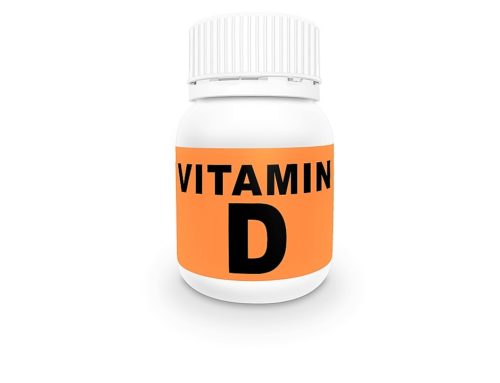European recommended daily allowance of vitamin D
 As of 2014 the European recommended daily allowance of vitamin D is 5 micrograms (µg) – five-millionth of a gram. The European authorities believe that this amount of vitamin D will prevent illnesses arising from a deficiency of vitamin D, something completely different to obtaining optimal health and preventing slowly developing diseases.
As of 2014 the European recommended daily allowance of vitamin D is 5 micrograms (µg) – five-millionth of a gram. The European authorities believe that this amount of vitamin D will prevent illnesses arising from a deficiency of vitamin D, something completely different to obtaining optimal health and preventing slowly developing diseases.
Orthomolecular medicine: a branch of medicine that focuses on optimal quantities
Orthomolecular doctors recommend the following dosages of vit. D:
50 μg (2000 IE) for adults
10 μg (400 IE) for newly-born children
25 μg (1000 IE) from the age of 1 – children – adults
75 μg (3000 IE) for dark skinned and overweight people
100 μg (4000 IE) for pregnant women, breastfeeding mothers, the elderly and intensive sportspeople and labourers
Known diseases arising from vitamin deficiencies include:
Vit.C: scurvy; vit. B1: beriberi; vit. B3: pellagra; and vit. D: rickets in children (skeletal deformity) and osteomalacia (bone softening) in adults, as well as spinal deformity. Other issues associated with vit. D deficiency are muscular weakness, bone pain, skeletal deformity, irregular teeth, asthma and type 1 diabetes.
How much vit. D in blood levels?
Vit. D in your blood is expressed as 25-hydroxyvitamin D (25 (OH) D)
Orthomolecular serum value for:
Deficient = less than 25 nmol/l
Insufficient = 25-50
Good = 50 – 75
Target = 80
Therapeutic = 80 – 125
Probably toxic: in excess of 250
Guideline for increasing the serum value of vit. D:
Daily supplement of D2 (or D3) of 1 ug (40IE) = increase of serum 25(oh)D by 1 nmol/l.







